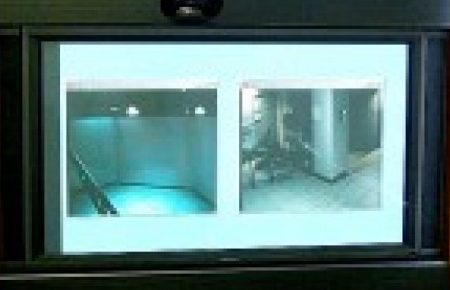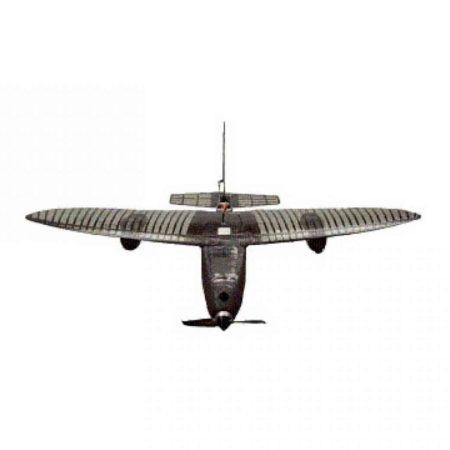Use of Haptics in a Virtual Reality Environment for Learning of Nanotechnology
HAPNAN Project: Use of Haptics in a Virtual Reality Environment for Learning of Nanotechnology
HAPNAN is an innovative and exciting educational tool geared toward middle school students involving the merging of nanotechnology with haptics, revolutionizing the way that science is being taught within a classroom setting. Students who are able to work with the HapNan technology will be able to explore many abstract scientific concepts in a whole new way, through sight and touch.
Description
HAPNAN is an innovative and exciting educational tool geared toward middle school students. It is a collaborative effort between the University of Florida (UF) Digital Worlds Institute and UF professor of Mechanical and Aerospace Engineering and Nanotechnology expert, Dr. Curtis Taylor. HapNan involves the merging of nanotechnology with haptics. The HapNan project incorporates the use of a haptic mouse and virtual reality computer program to create an interactive learning environment that has the potential to revolutionize the way that science is being taught within a classroom setting. Students who are able to work with the HapNan technology will be able to explore many abstract scientific concepts in a whole new way, through sight and touch. The Haptic mouse will allow students to actually feel surface textures of the objects they are seeing on the computer screen. Additionally, the new low-cost haptic mouse allows users to actually feel invisible forces (such as gravity, attraction, repulsion and resistance) thus making these concepts tangible. HapNan allows young students to more fully understand concepts such as the covalent bonds within a water molecule and the relationship between gravity and inertia at a variety of physical scales.
Built into the program is a quiz system that will allow individual instructors the ability to gauge and assess how much information each student is retaining after exploring each level. HAPNAN’s built-in lesson plans will be geared toward specific parameters and approved curriculum, giving it the potential to be an influential tool within any classroom and significantly changing the way in which science education is approached.
HAPNAN is currently still in the developmental phase, with progress being made every day in refining the Haptic systems as well as improving the user interface. User testing is slated to begin in late Spring 2012.
Additional information
| Funding | NSF Award #0935131, COLLABORATIVE PROPOSAL: Use of Haptics in a Virtual Reality Environment for Learning of Nanotechnology |
|---|---|
| Funding URL |














